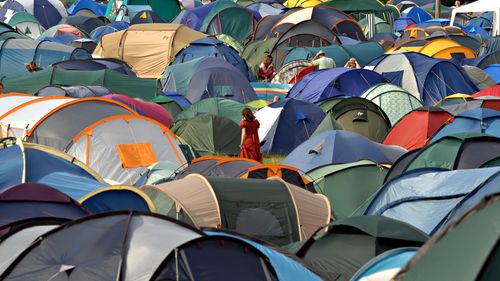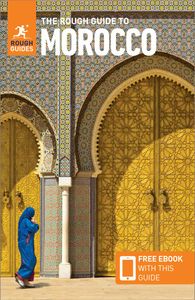Jebel Saghro
When the snows make the High Atlas tricky, the mountain range of Jebel Saghro offers beautiful wintry landscapes but with fewer challenges. A continuation of the Anti-Atlas, it has slightly milder temperatures and trails that are usually still passable without the same level of difficulty as Toubkal’s snowy wastes.
The highest peak, Amalou n'Mansour, is much lower than the High Atlas peaks, at 2712m, so the risk of altitude sickness is generally less of a problem. The local cave paintings are a bonus.
Where to stay
In Tinerhir: Hotel Tomboctou - A kasbah built for Sheikh Bassou in 1944, tastefully converted by Moroccophile Spaniard Roger Mimó, Tomboctou is one of the country’s memorable small hotels. There’s a range of tasteful and cosy rooms (all cool in summer and heated in winter) and friendly staff on hand to help with exploring the local area. There’s also a pool in the courtyard, a good restaurant and a small bar.
What to do
Either before or after your climb (or instead if you're not too keen on climbing this one), take a desert safari from Marrakech and spend the night camping under the desert sky and marveling at the Jebel Saghro mountains.
M’Goun Massif
The traverse of the M’Goun Massif in the Central High Atlas need not be as taxing as taking on Toubkal if you avoid ascending the high peaks such as M’Goun itself (4071m). This lets you spend more time savouring the drama of the mountain scenery and valleys that are home to the local Berber tribes.
The area is at its best in late spring with carpets of wild flowers and dramatic snow-melt rivers in valleys like the Ait Bougmez and the Tessaout. If you’ve got a week to play with, you can enjoy exploring the lower slopes and valleys, or use your time to acclimatise properly and tackle M’Goun itself.
Where to stay
Kasbah Assafar - Skilfully restored pisé kasbah in the village of Aït Khyar, with a terrace that makes the most of its lofty position (1400m altitude) – there are eight rooms (two en suite) but make sure you ask for one with valley views. Also operates Assafar Cottage nearby, which has seven dorm rooms with three–ten beds, shared bathrooms and a self-catering kitchen – or eat at the main restaurant. Cooking (100dh, set menus) centres around honest Berber food (cooking classes are available). Owner Boullouz Aziz is a very experienced mountain guide who can organize walking and mountain biking in the Vallée des Roses and the Jebel Saghro.


























